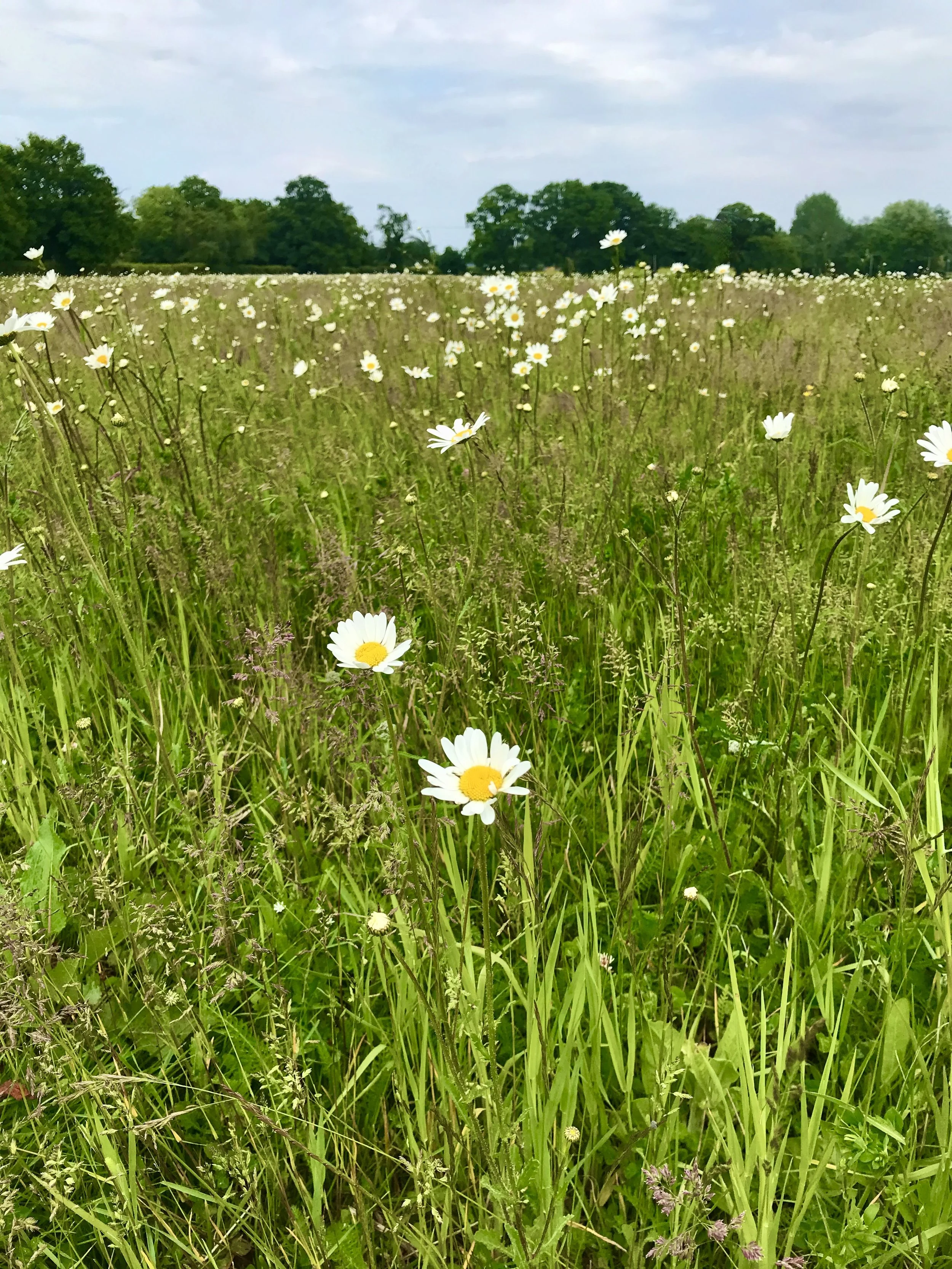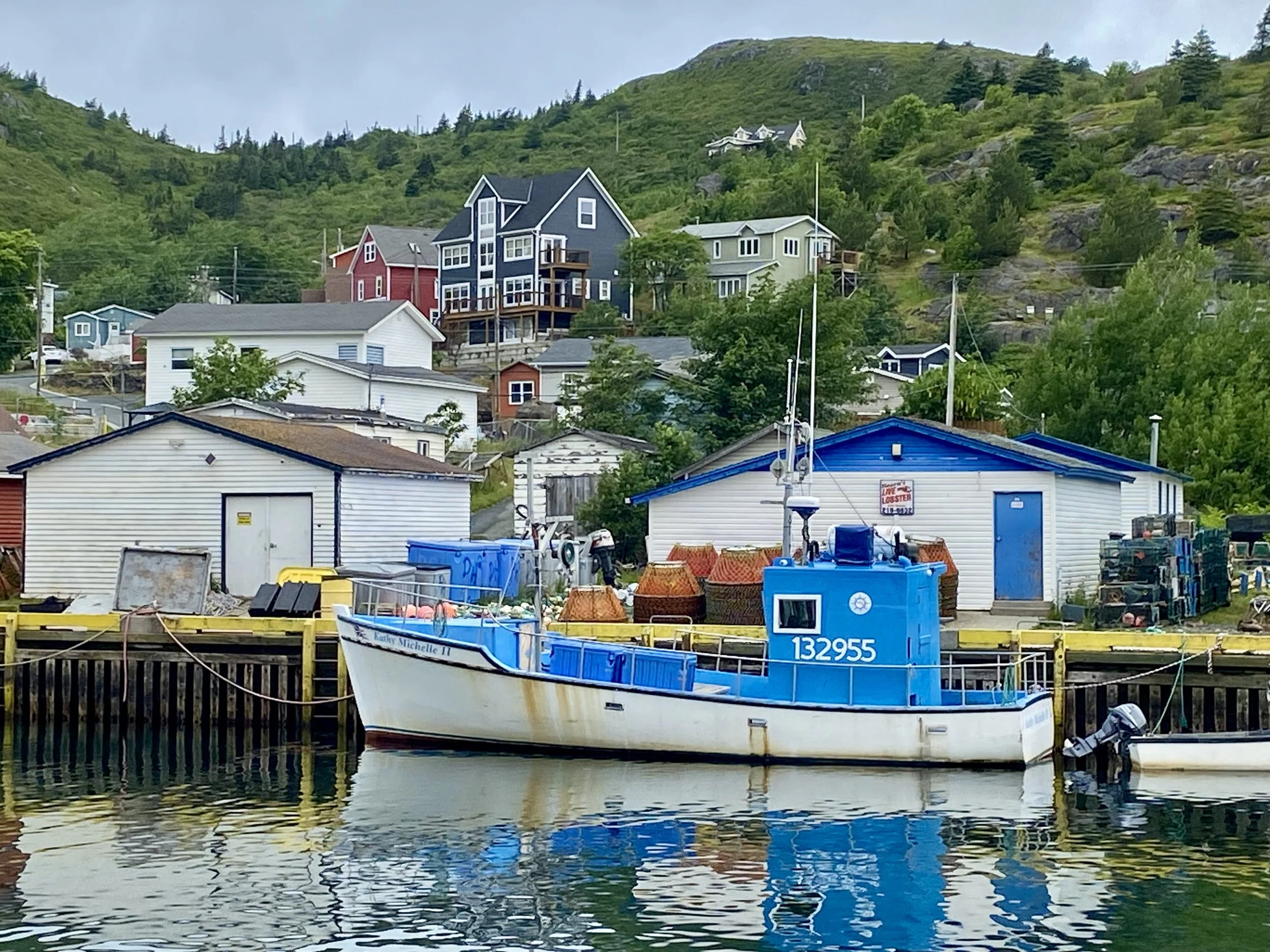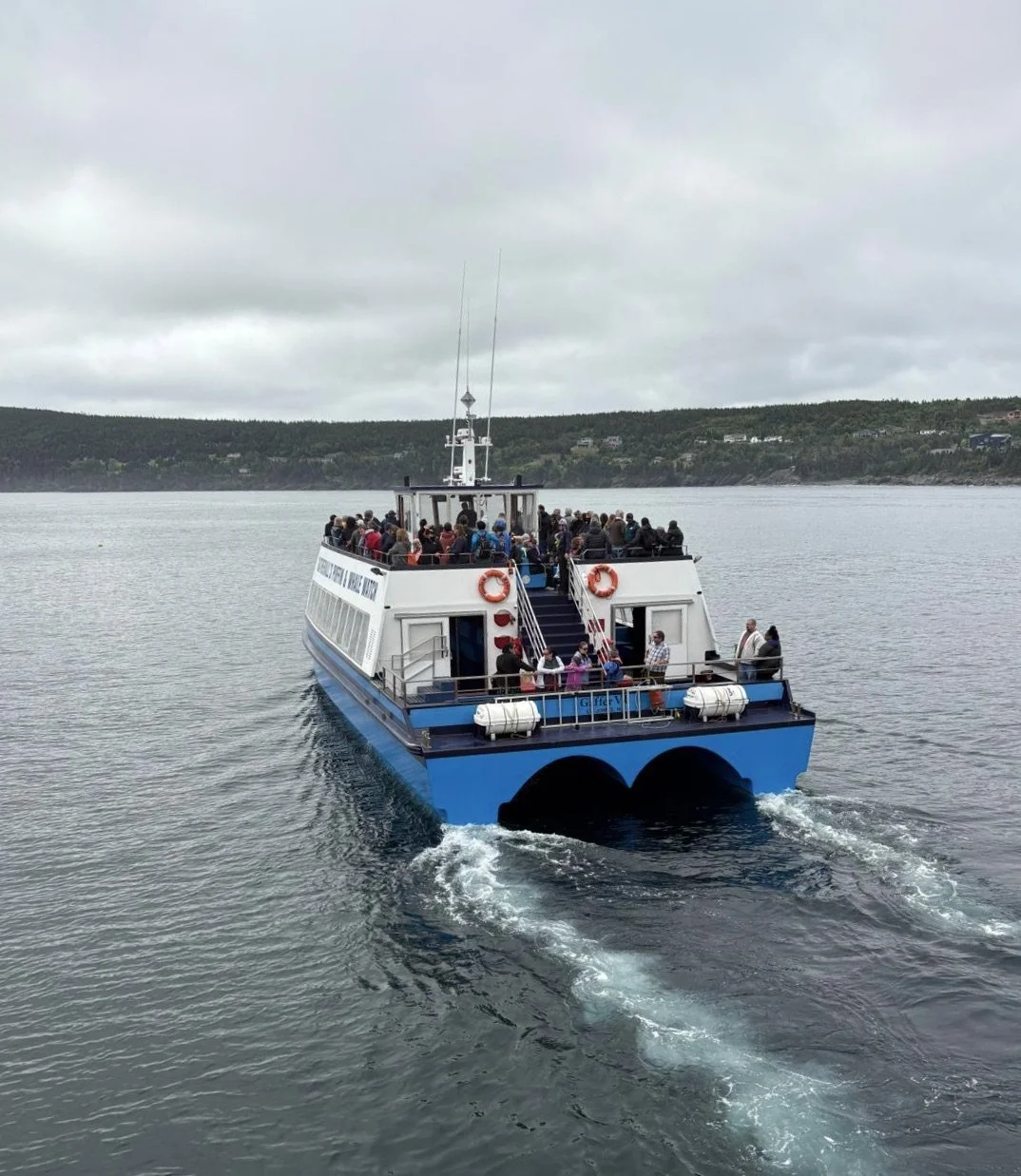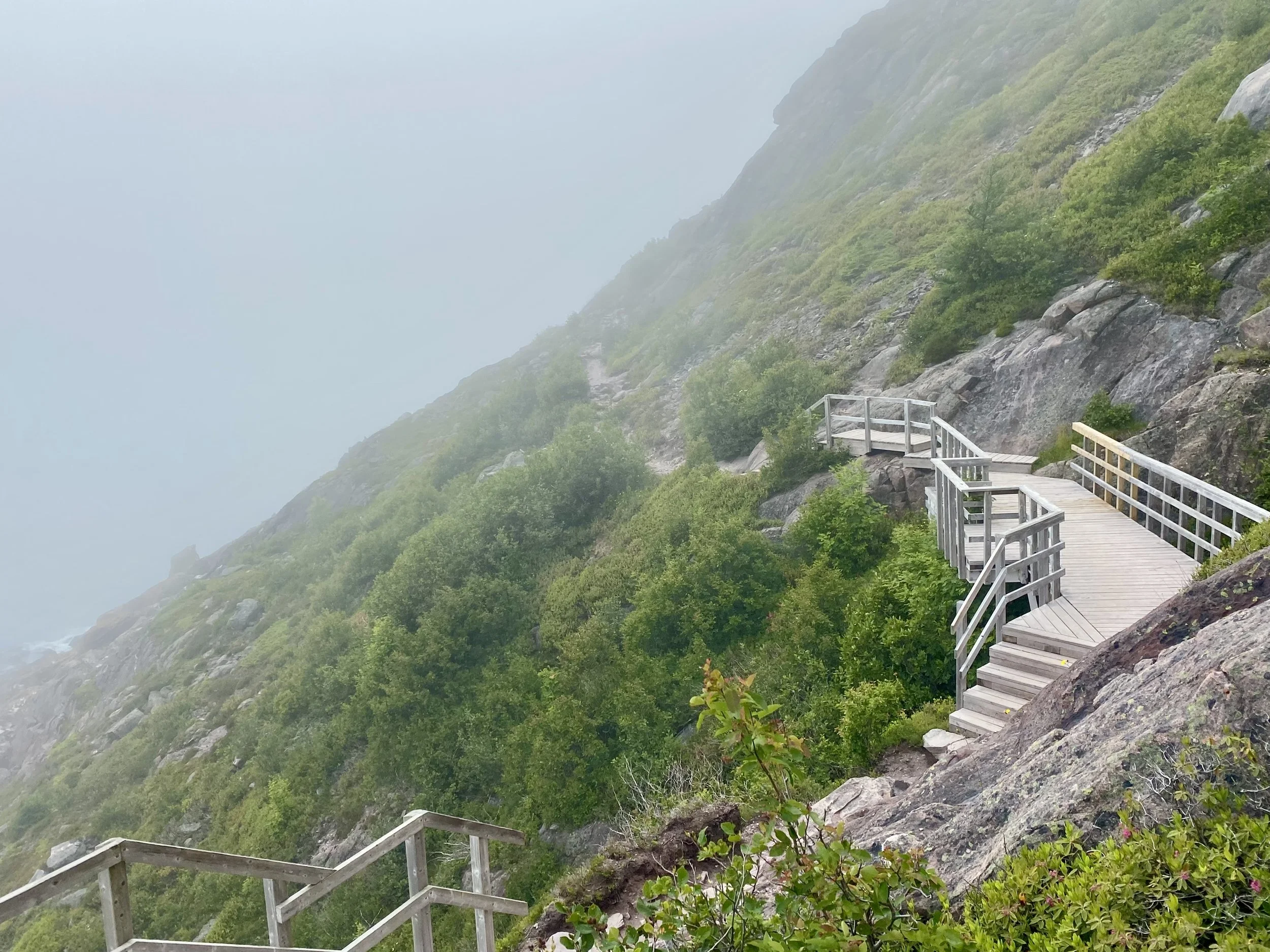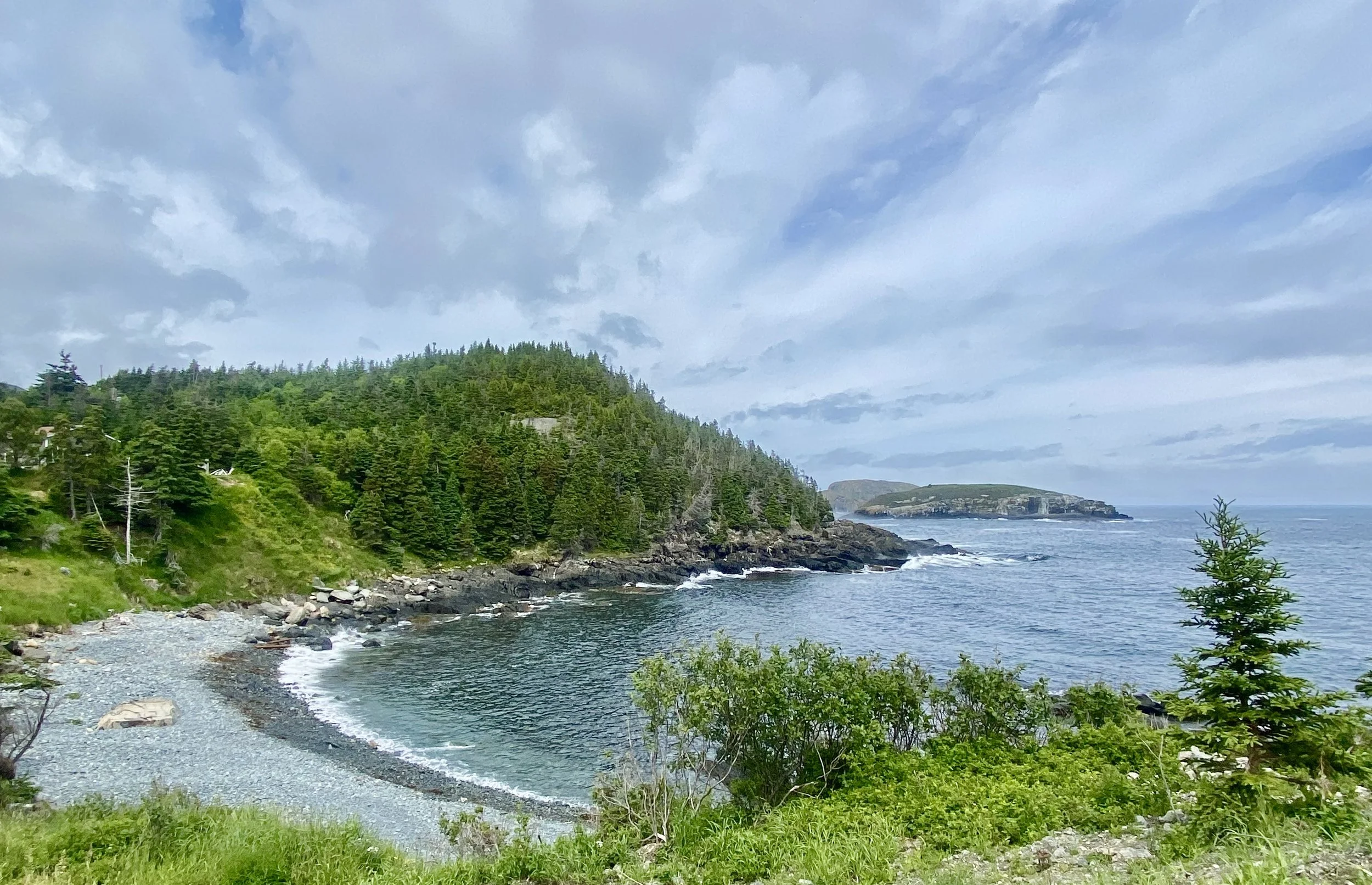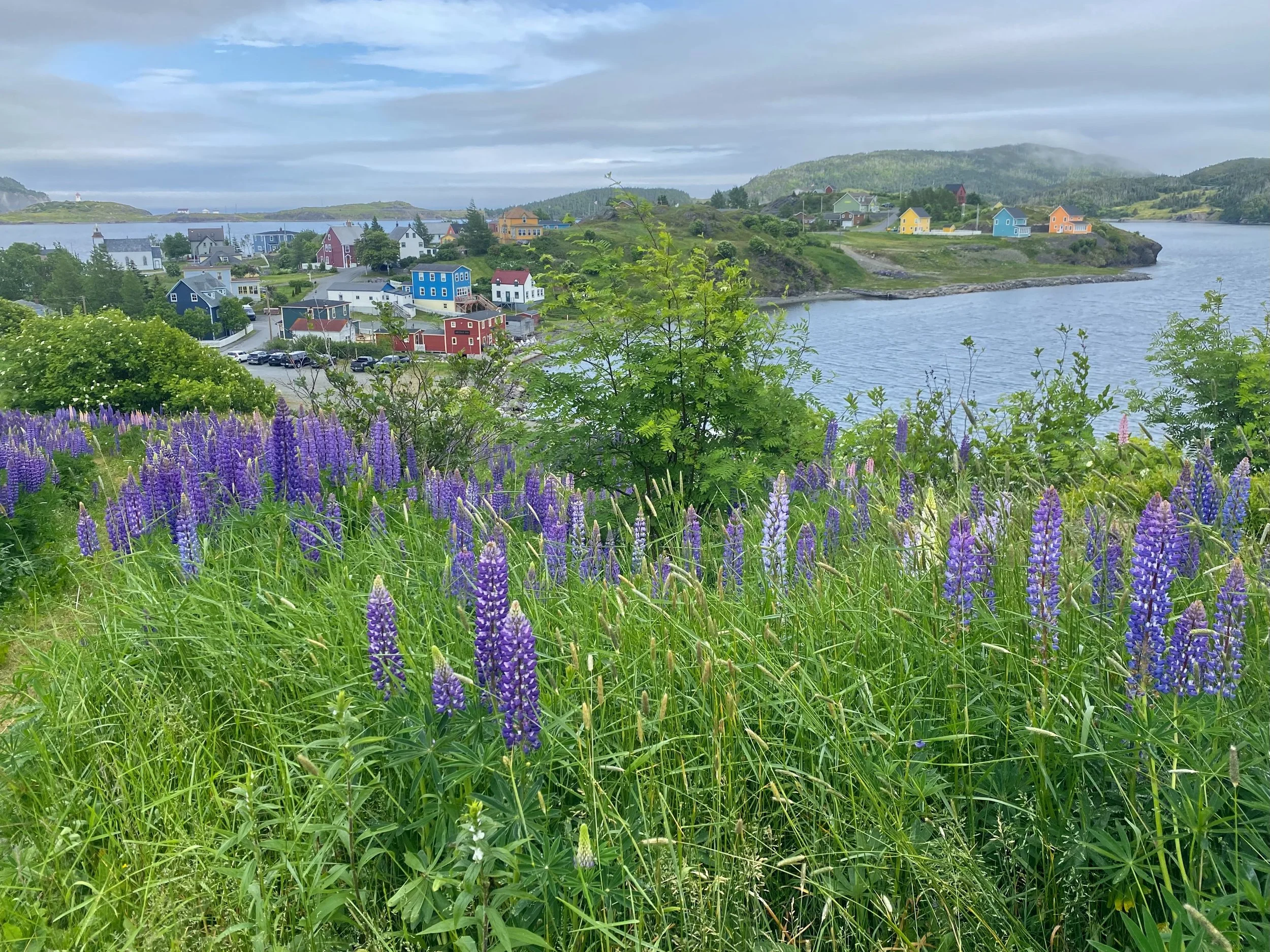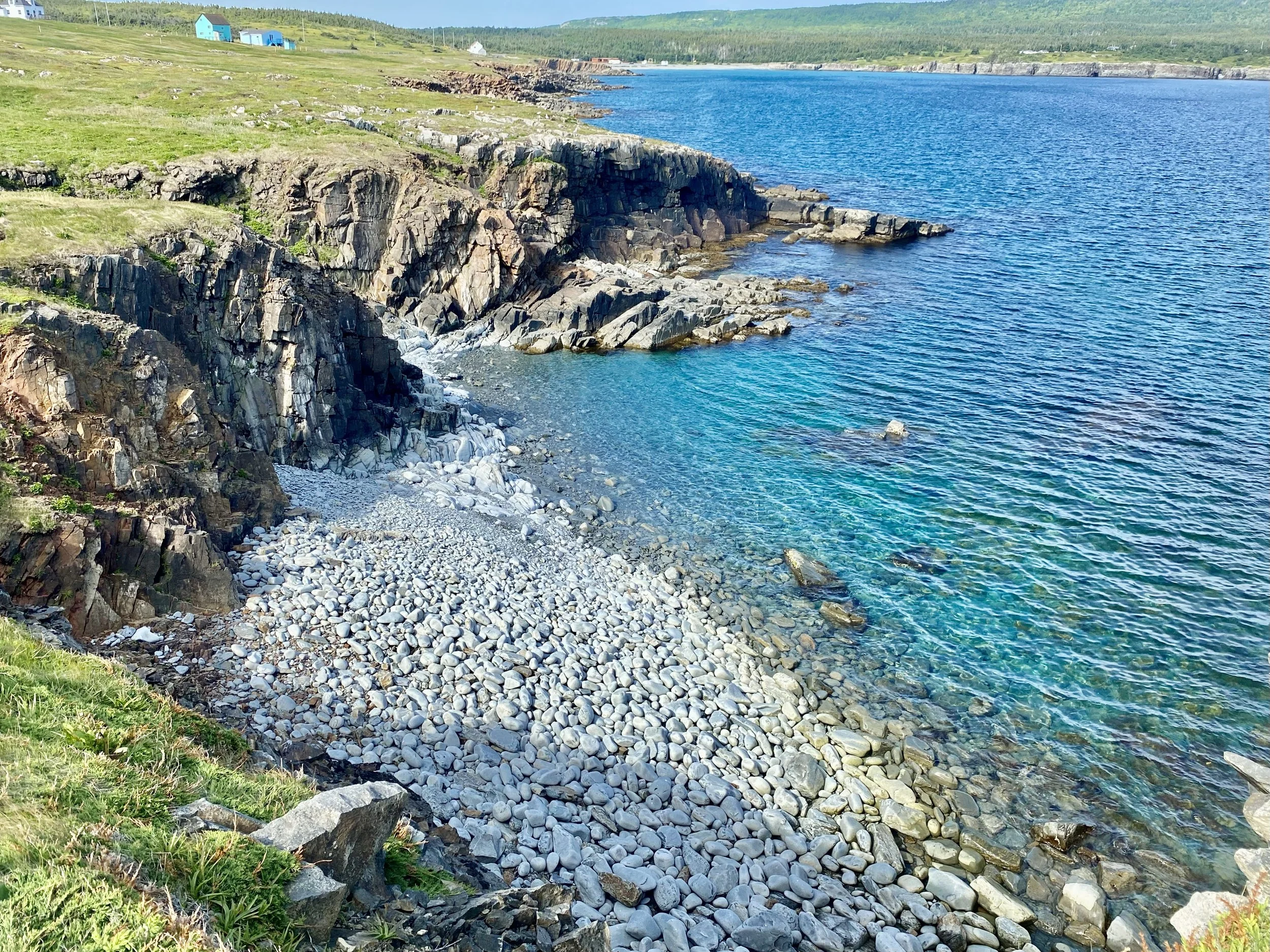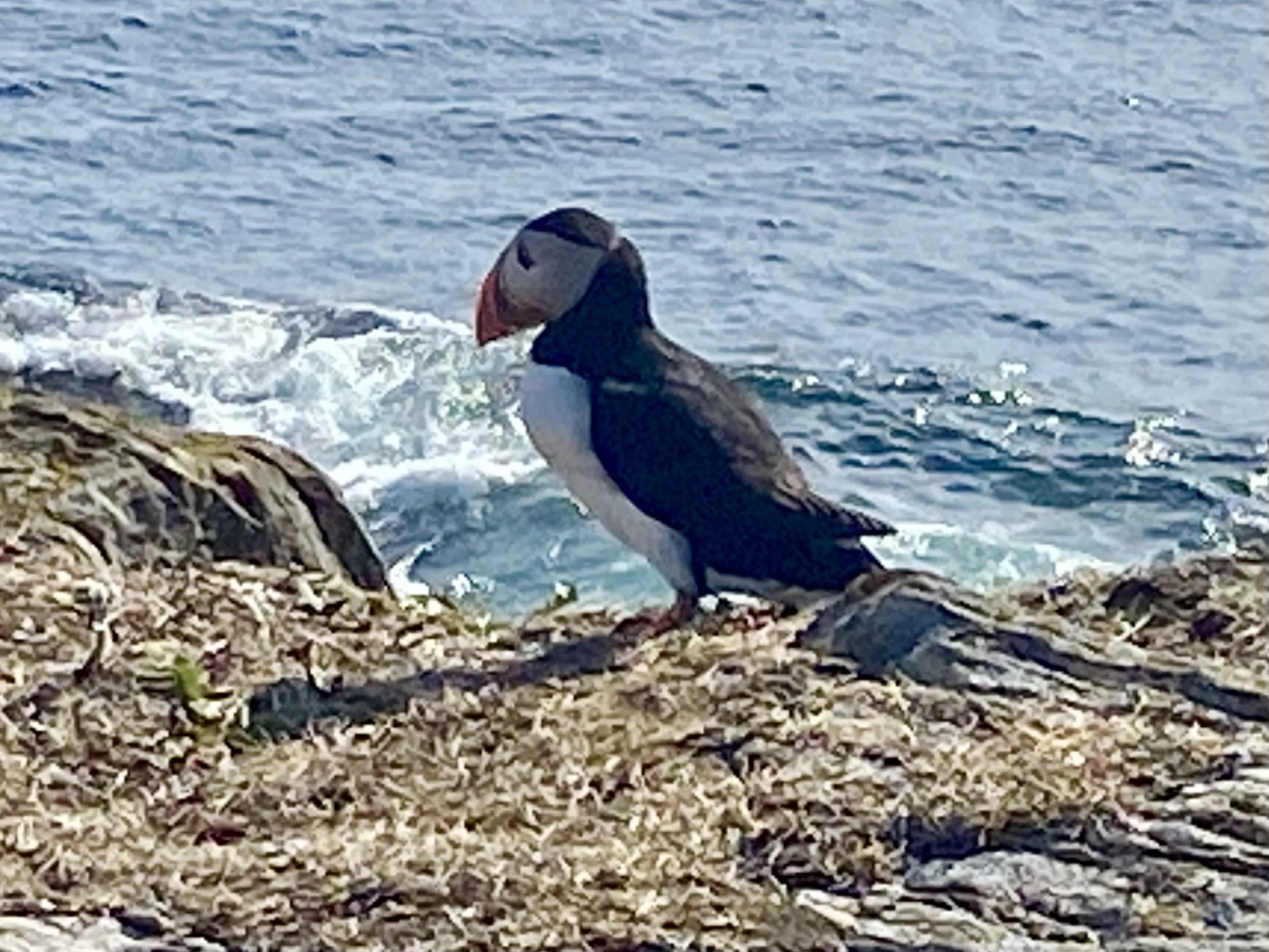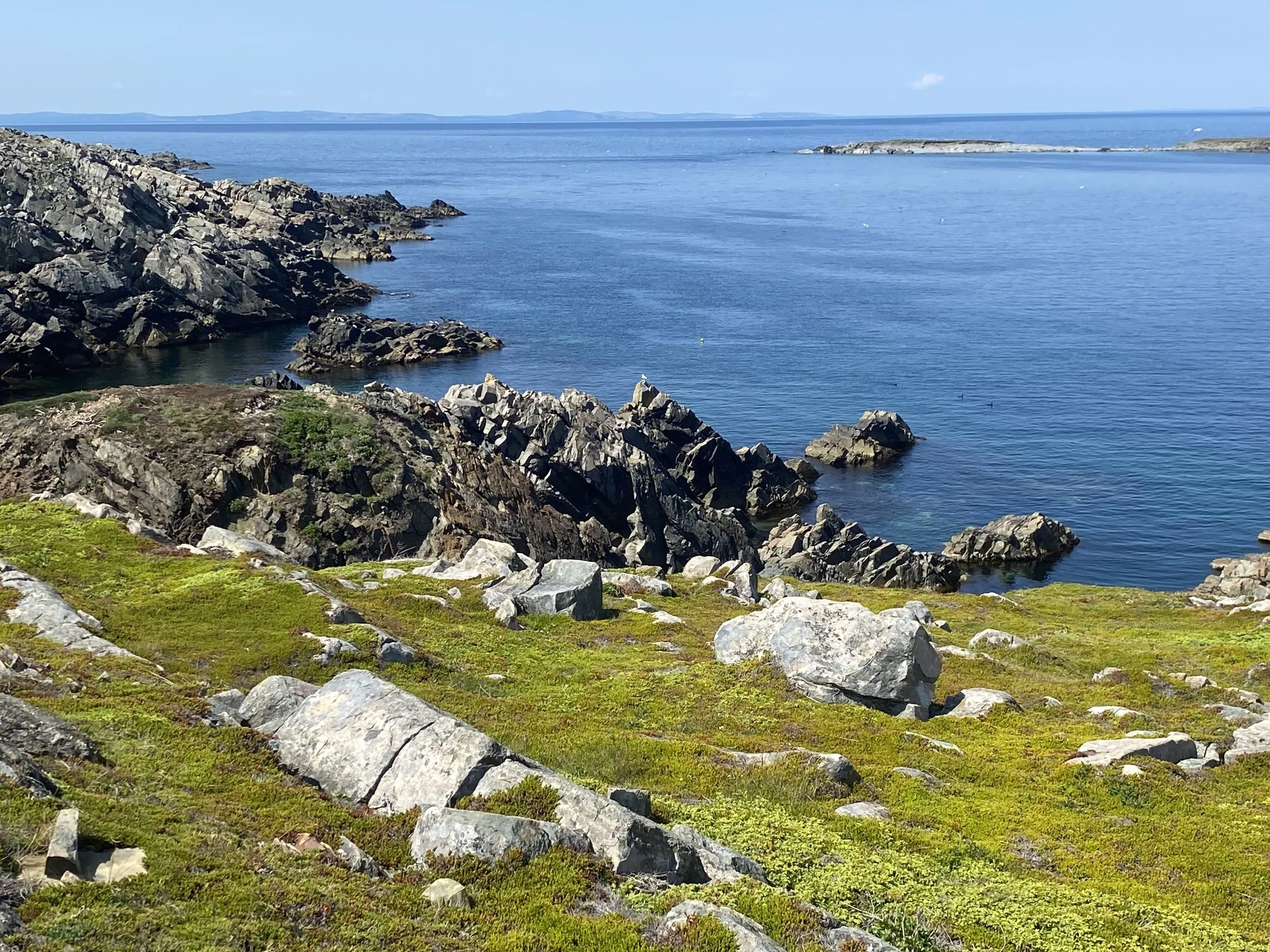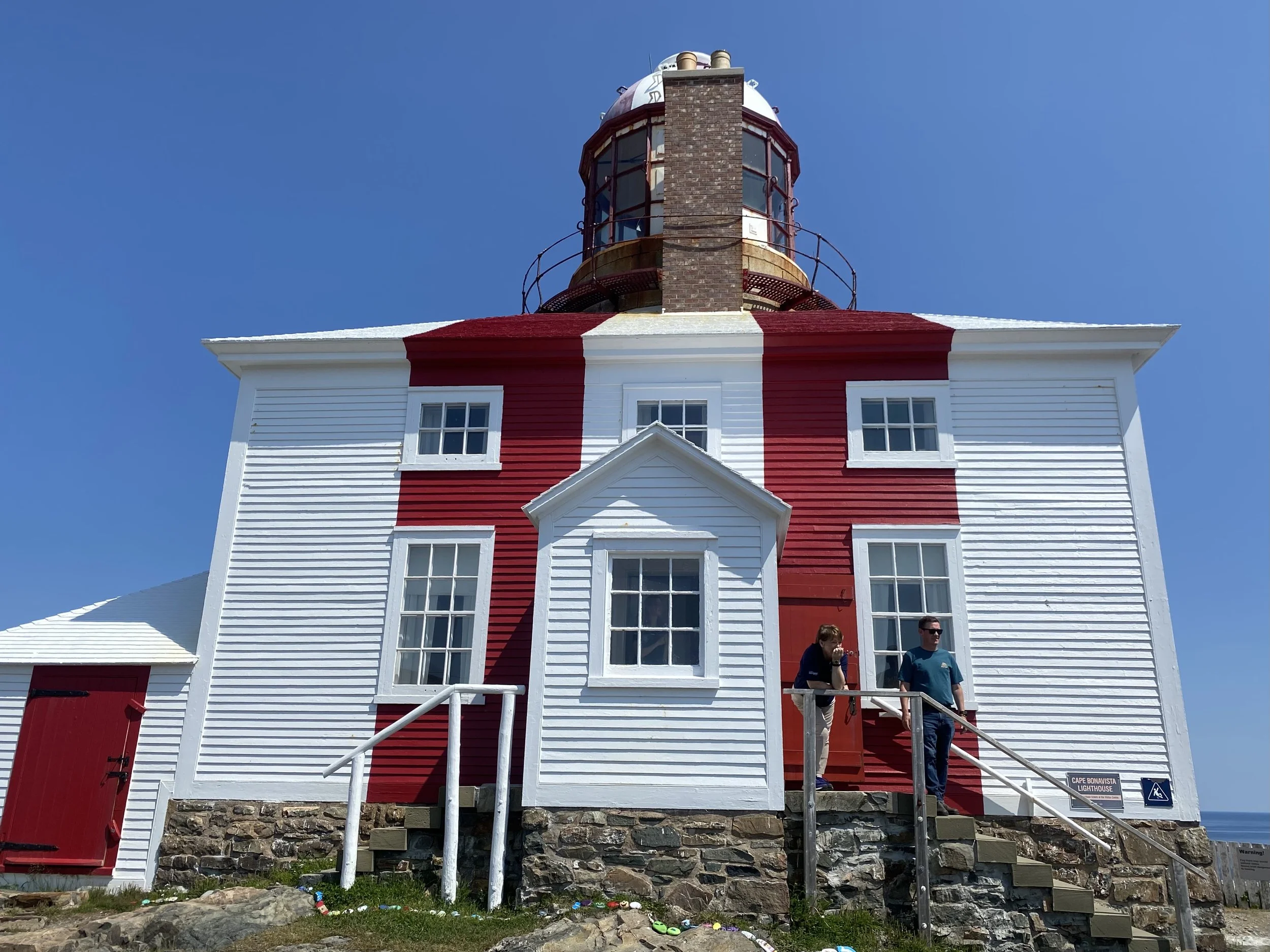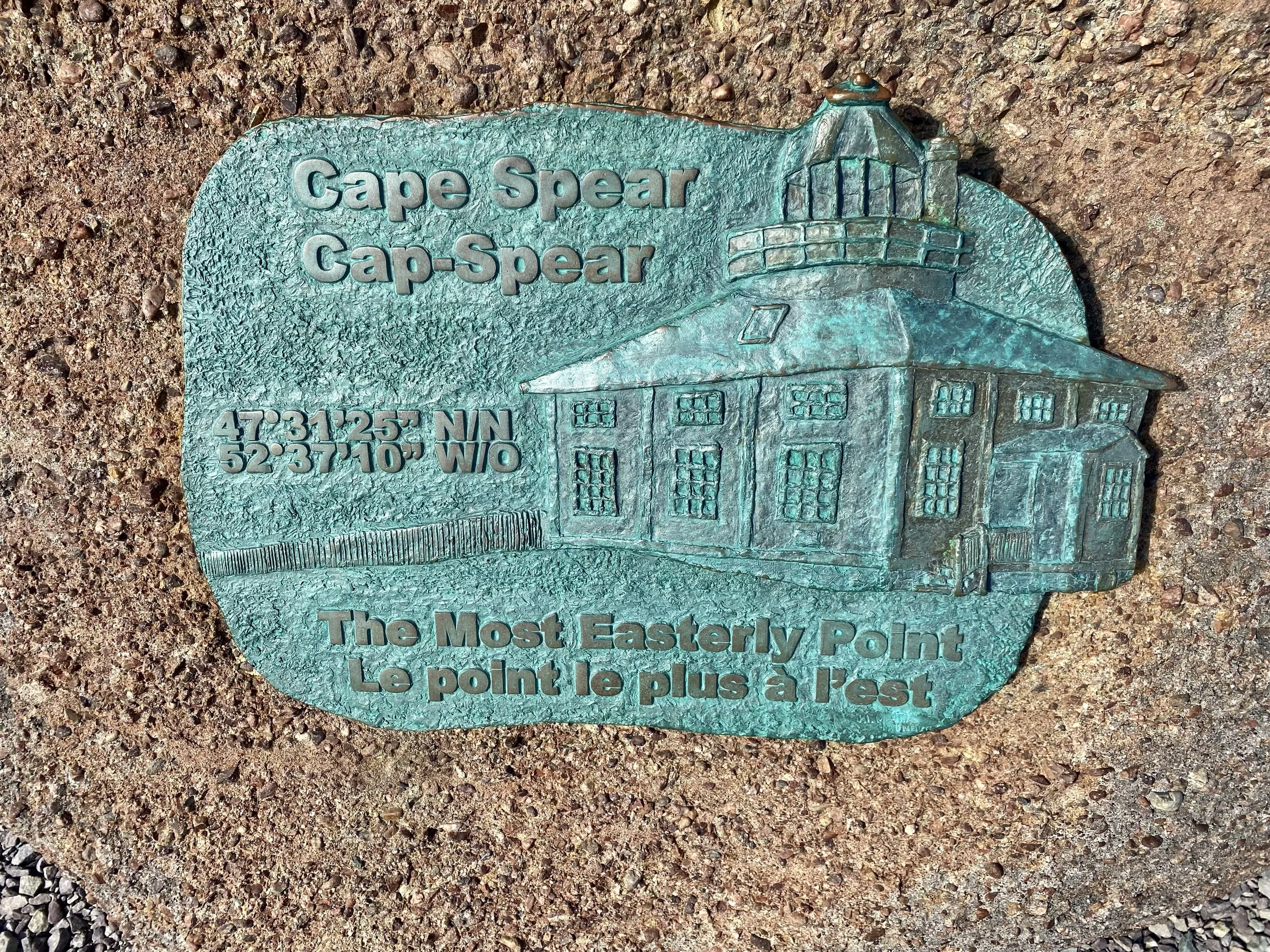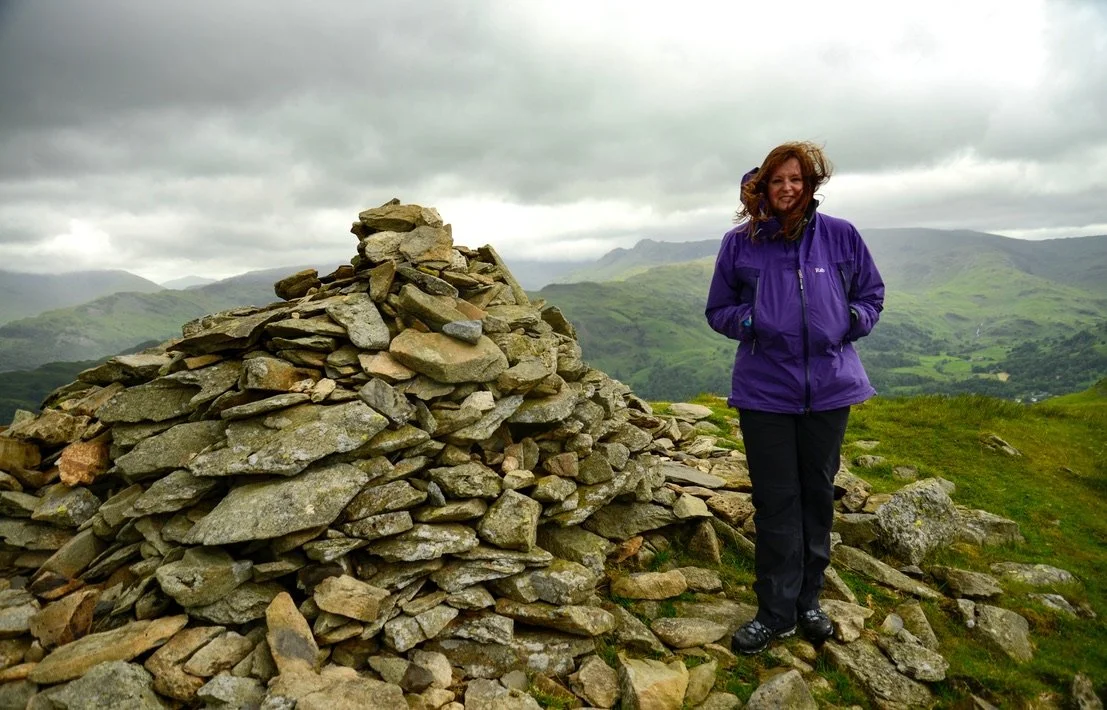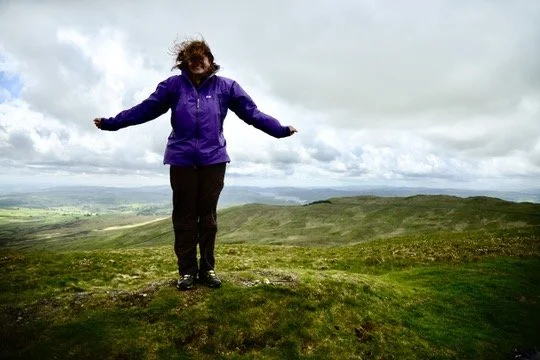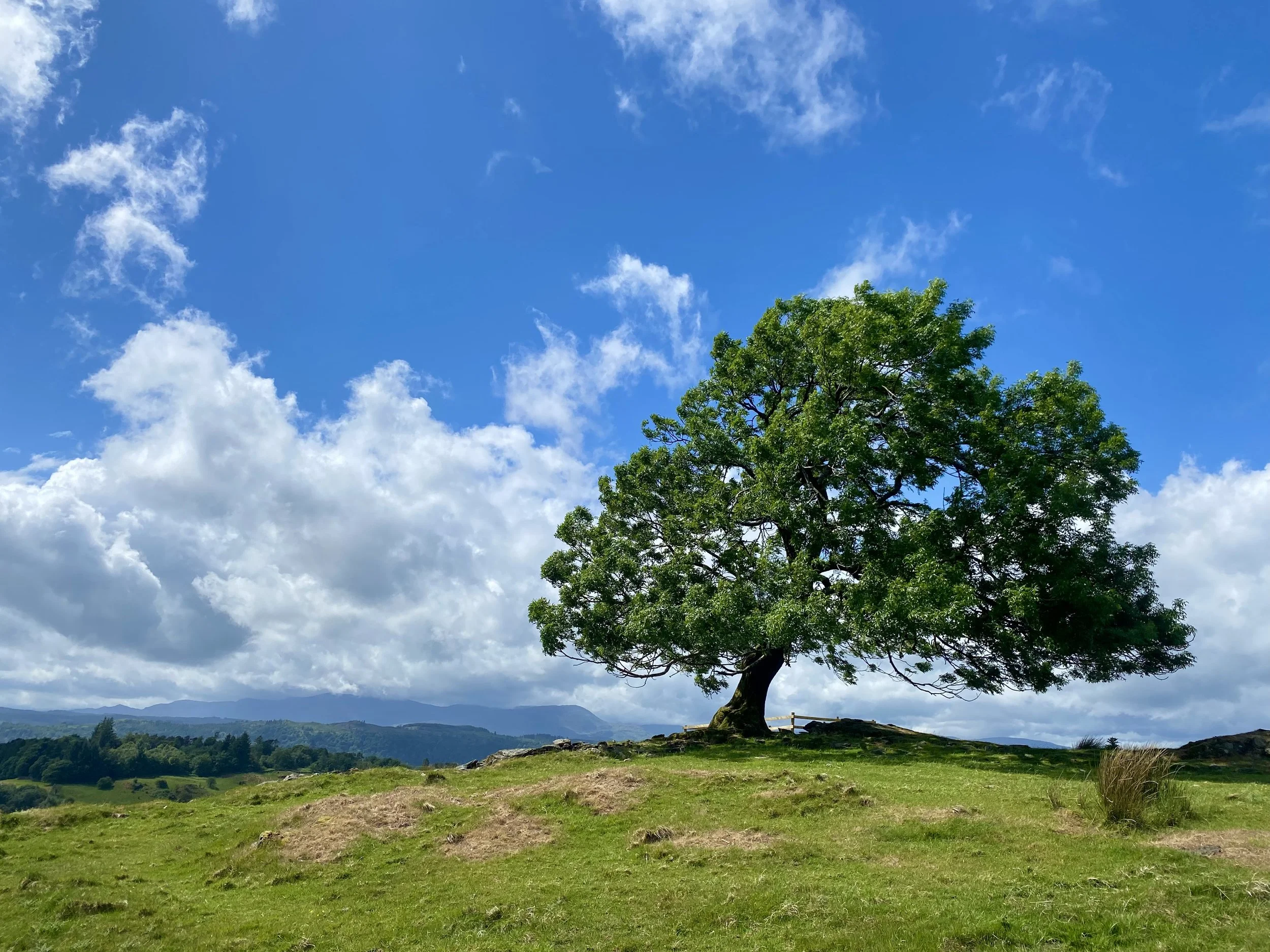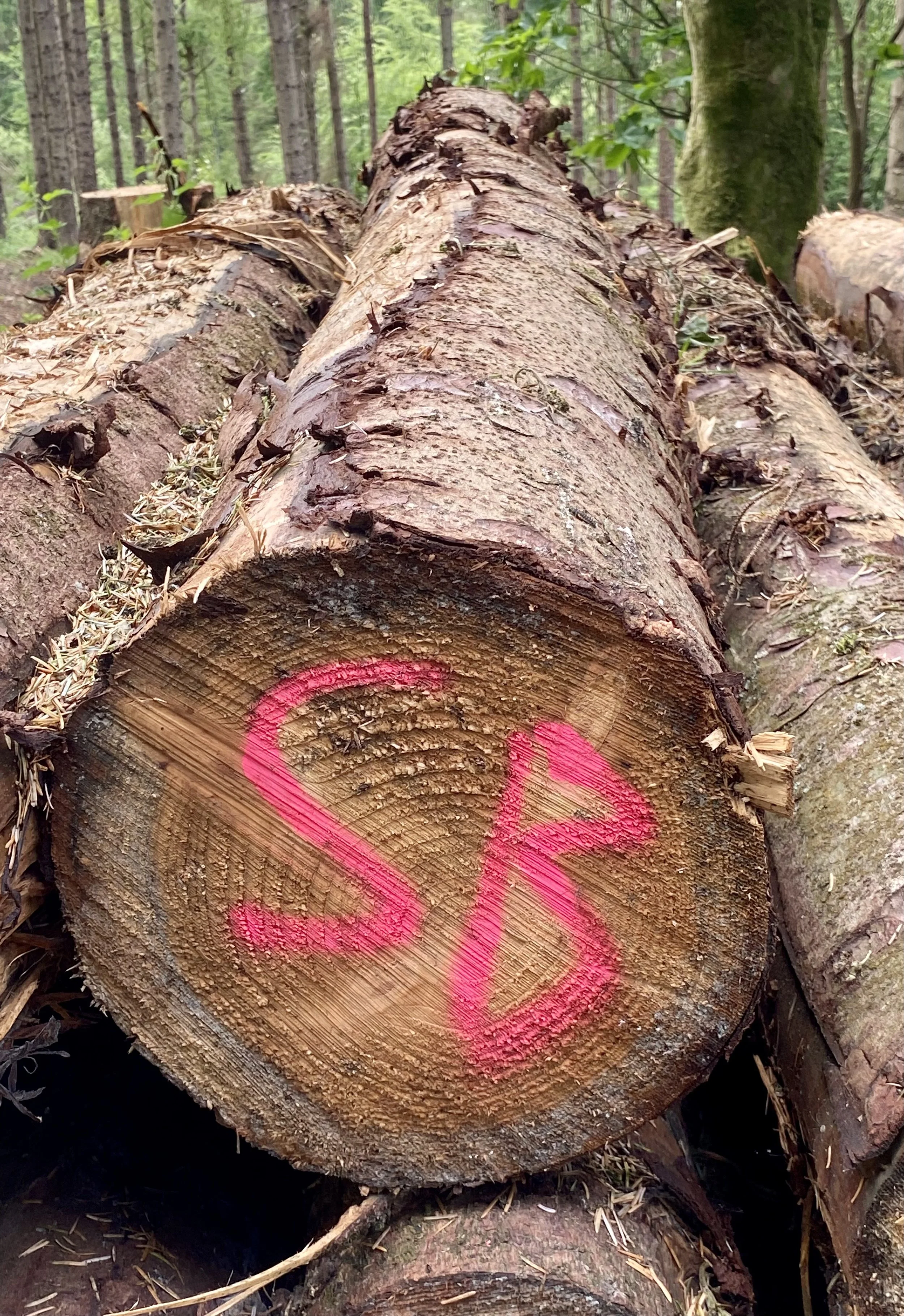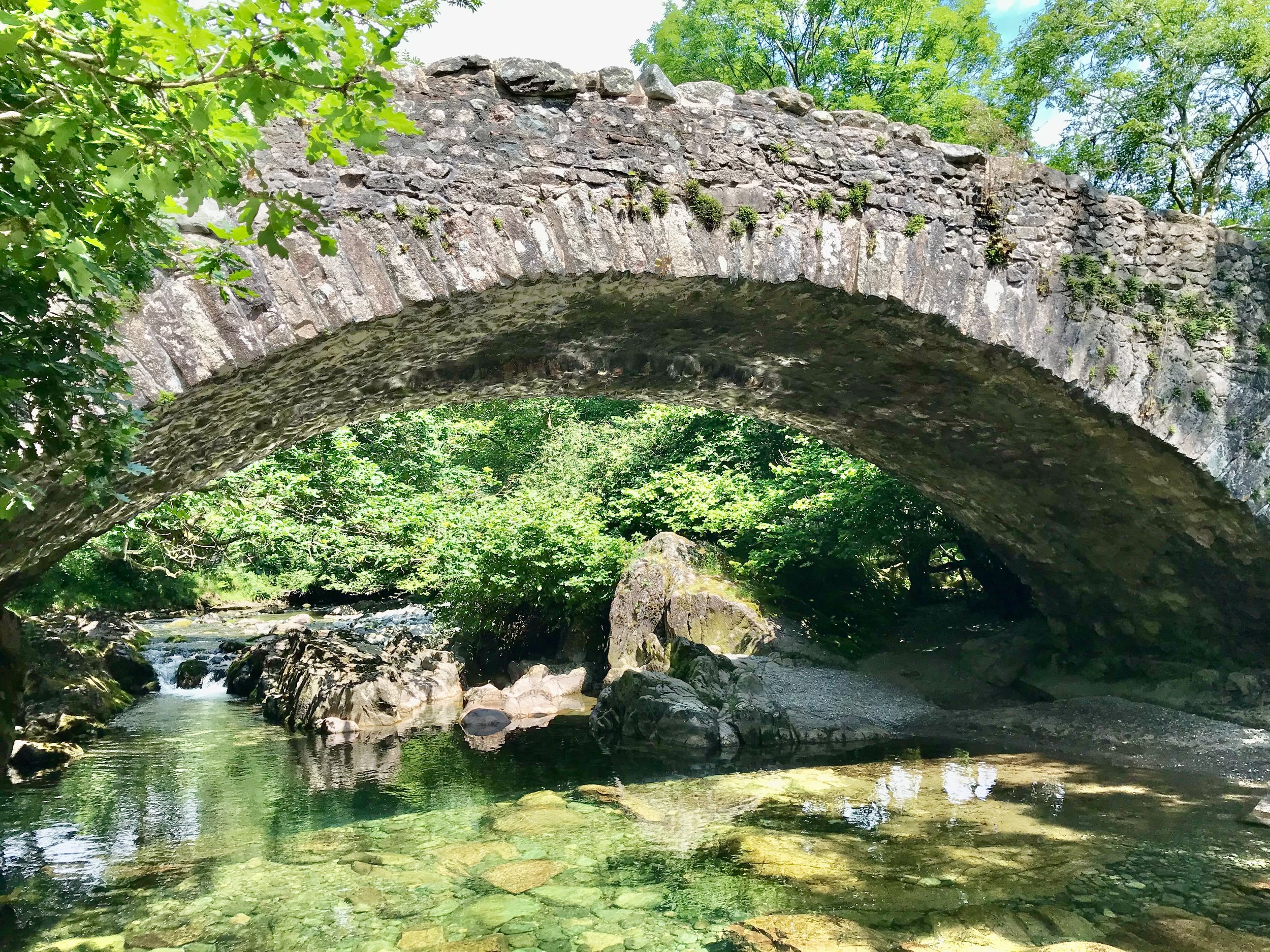Finding the comfortable in the uncomfortable
/Feeling uncomfortable in any situation is, well, uncomfortable, and I mean those feelings of perhaps fear, awkwardness, nervousness, apprehension or lack of motivation rather than something like your boots rubbing (although that is uncomfortable too). I think these feelings are like fire; feed them and they will grow stronger.
Be it in a social setting, a situation at work, a walk back to your car in darkness, a physical challenge you've set yourself or simply motivating yourself to get outside when it's cold, wet or getting darker for your regular exercise or to train for an event or challenge, it can be disagreeable, excruciating, unsettling and even downright frightening at times. The knack is to find something comfortable, reassuring and positive and hold on to it.
For me, the outdoors and especially the hills, are my happy place, but there have been occasions when I have felt apprehension or anxiousness and this is usually when I've been on my own or it's begun to get dark. I know fears real or imagined are heightened when alone and it isn't always easy to rationalise everything, but by doing something small, something grounding can set your mind at rest even if only for a moment, and a moment may be all that's needed to get yourself back on track. Thinking about getting home to the warmth, being by the fire, having a hot bath, a mug of tea or a drink in the pub all helped when I was cold, wet or tired.
I also find I get a little nervous at times doing things on my own; usually walking or exercising. I trained for a Race for Life event once, running every evening through the winter after work as the light began to fade. I put my headphones in and played the same upbeat track each time, then ran in time to the beat. Because I was concentrating on doing that, I hardly thought about where I was or what I was doing and I found after a while, I looked forward to going out and having that time on my own after a day of phones and emails. Walking in woodland has been helped by listening to birdsong, talking softly to myself, or sometimes humming a favourite tune.
Flying is a prime example. I've seen people change into comfy sweatpants, UGG slippers or soft sweaters, using lovely lotions or creams, sleeping under cashmere blankets or silk eye masks, listening to music - whatever it is that helps make what essentially can be a very long, cramped, noisy and uncomfortable journey more bearable. More comfortable.
I read recently about a lady who wild swims alone in winter and she always takes a jam jar filled with fairy lights with her which I think is such a delightful idea. It's that little pinprick of light in the darkness; that little point of warmth in the gloom that can reset you, settle you, focus you and provide a tiny grain of comfort to help you feel a modicum of control or quell any rising anxiousness. It's the same as wearing a head torch and following that reassuring little shaft of cheerful light that focuses the mind and shuts out the darkness. It could equally be a flask of something hot and warming to look forward to in a murky day of thick mist or heavy rain when you think you've just about had enough, or a hot meal boiled on the hill to boost flagging spirits on a long tough day when it's all starting to hurt. Focusing on the path ahead, on your breathing, on the feel of your feet on the ground, on the sound of your footsteps or even counting will all help settle and focus the mind.
It may be enough to simply sit down and stop, regroup a little, organise your thoughts or repeat a comforting mantra. Touching the earth, a rock, damp moss or a tree connects us to our surroundings and nature which can soothe. The sound of running water can calm, as can taking a deep lungful of air, rubbing your hands together to create a little warmth, or even singing to yourself. Whatever it takes to find that little grain of comfort.
It is very empowering to get through those uncomfortable moments, especially if you're on your own. Stepping out against the elements is primal, especially in the darkening, but we can light our own way, hone our abilities, increase our creativity, boost our resilience and grow in confidence.
Perhaps the next time won't be so uncomfortable.
Perhaps we have to earn our comfort in order to appreciate it.
